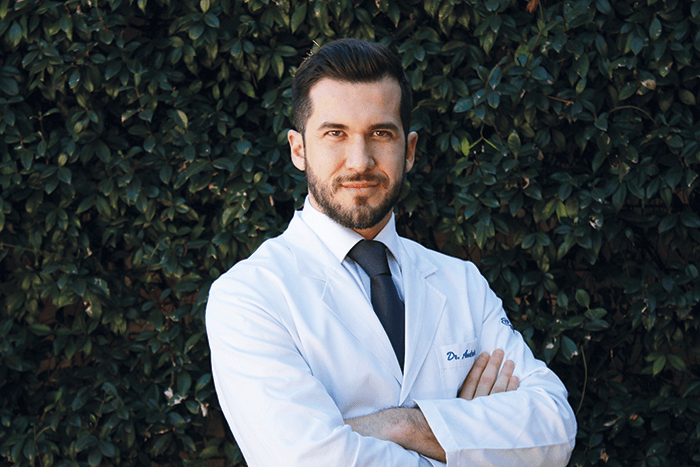
- What drives “brain drain”? Why do bright young surgeons and researchers move from their home country to another?
- However, the brain drain phenomenon is changing to one of “brain circulation”
- Spending a period abroad is opening up new horizons for today’s generation of rising stars – and many are returning to improve things back home
- Everyone can learn something from the experience, and the traffic can go in both directions!
The great climate, the cultural diversity, the overwhelmingly beautiful landscapes, and an endless list of other wonderful attributes makes me feel immense pride about where I come from – Latin America – but it has, for many years, suffered from “brain drain.” Why? The magic of Latin America has coexisted with inequality and unstable economies that has had an undeniable effect on our societies – and a direct impact on our professional and scientific communities. And ophthalmology has not been exempt from this phenomenon. Andrés Oppenheimer is a brilliant Argentine journalist and lawyer who lives in Miami, who described a new concept: ‘brain circulation.’ It refers to how (mainly Asian) countries want to give their young professionals the chance to study and work abroad, predominantly in the US and Europe, to attain the highest quality standards. It means that their knowledge and training can be potentiated and exploited later on when they return to their countries of origin. For Oppenheimer, ‘brain drain’ is a dated concept, and needs to make way for the term ‘brain circulation,’ which has been spurred by both globalization and a greater access to knowledge.
